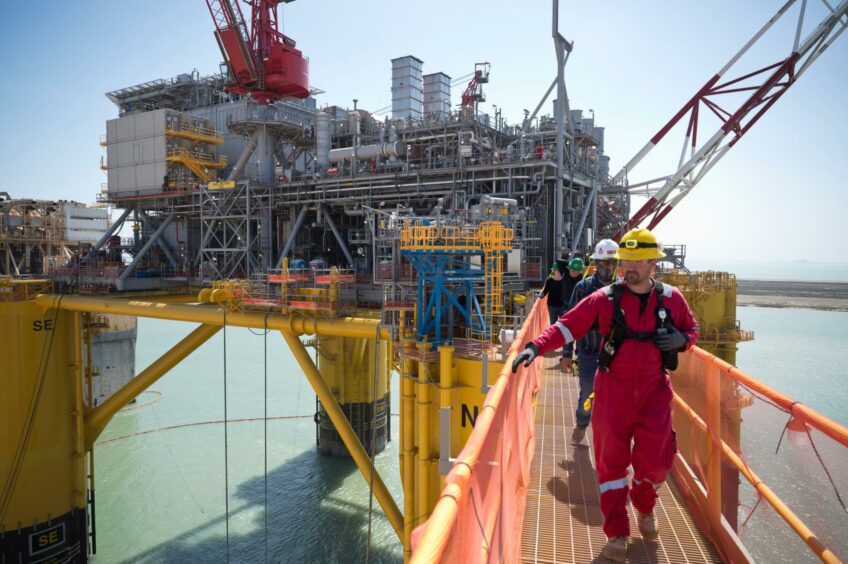
Fitch Ratings has increased its oil and gas price forecast, indicating increased pressure on the European market driven by strong demand.
The ratings agency, in a report today, predicted demand would pass 100 million barrels per day in the second half of the year. Demand will grow by 2mn bpd in 2022 and another 2mn bpd in 2023, it said.
Fitch expects Brent to be $105 per barrel in 2022, $85 in 2023 and $65 in 2024. The agency has increased all three prices by $5 from its previous forecast. The 2025 and long term forecast remain the same, at $53 per barrel each.
It also increased WTI prices by $5 per barrel, to $100 in 2022, $81 in 2023 and $62 in 2024.
The agency boosted its oil prices citing new restrictions on seaborne exports of Russian crude. The European Union has banned these flows, which will force a re-routing of its imports.
This package of sanctions has an impact on around 4mn bpd of Russian crude. Germany and Poland have also said they will halt pipeline imports of oil from Russia by the end of this year.
Fitch sees the OPEC+ group, excluding Russia, being able to rebalance the market “if oil prices threaten to rise to levels seen as unsustainable in the medium-and-long term”.
Gas growth
The most striking increase came in Fitch’s Henry Hub assumptions for the year. It now expects this increasingly important global price – which often determines LNG exports from the US Gulf Coast – to be $6.25 per 1,000 cubic feet. This is an increase of 47% from its previous forecast of $4.25.
Fitch attributed higher prices at Henry Hub to growing LNG export capacity. Domestic upstream growth has been “modest”, despite higher prices.
More LNG facilities in the US are close final investment decisions (FIDs), it said. “Once obtained, [these] will drive long-term demand for natural gas.”
The impact on Henry Hub is more muted in the 2023 and 2024, though. Fitch sees these prices falling to $4 and $3.25 in those years.
Furthermore, Fitch upgraded its TTF price to $25 per 1,000 cubic feet this year, from $20.
The EU expects strong growth in LNG flows to help substitute for Russian supplies. Fitch said the LNG market will “remain tight in the next two years, with Europe competing with Asia for LNG flows, keeping prices high, and more production capacity coming onstream only in the medium term”.
